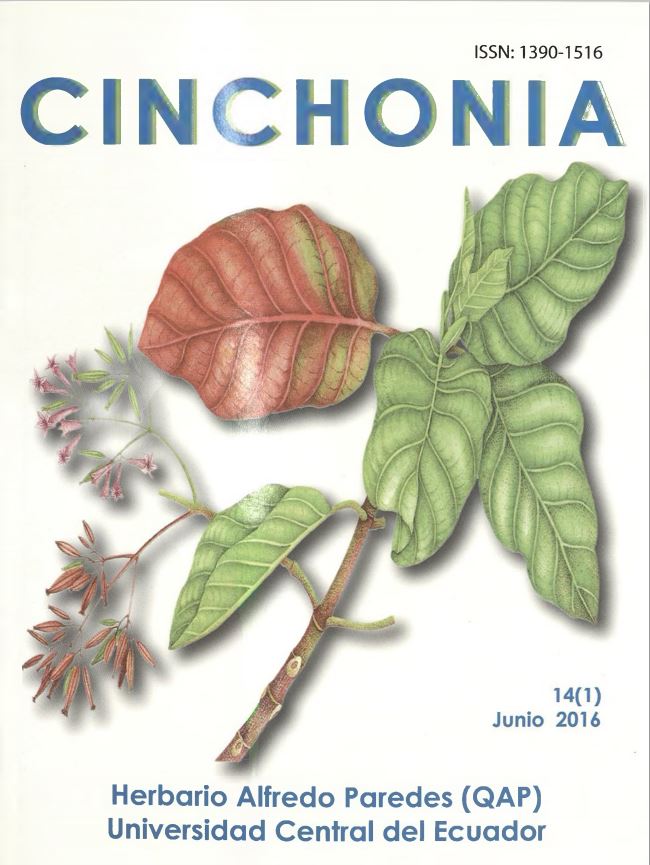Estudio preliminar del Componente Biológico Planctónico de Pasivos Mineros en la Micro-Cuenca del río Pilaló, Pujilí – Cotopaxi.
Resumen
El estudio del componente planctónico del río Pilaló, provincia de Cotopaxi, cantón Pujilí, parroquia Tingo, se realizó durante los meses de agosto y septiembre del 2012. Los objetivos fueron: Establecer la composición de las comunidades planctónicas y determinar el estado de polución orgánica del río. Se abarcaron ocho puntos de estudio entre el Recinto La Esperanza y el Recinto Oriente. La metodología empleada en el campo para perifiton fue el raspado en piedra en una superficie de 1cm2 y filtrado de 100 litros en una red de 60 um de poro para fitoplanton. Analizadas las muestras, se registraron para fitoplancton y perifiton un total de 44.204 individuos agrupados en 42 géneros, dentro de 23 familias en 13 órdenes. Los géneros con mayor representatividad corresponden a Rhoicosphenia (14.668 individuos), Navicula (8.188 individuos) y Fragilaria (5.828 individuos). Aplicando los índices de diversidad de Margalef y gamma se reporta un índice de diversidad media (2,85). Según el índice de polución orgánica propuesto por Palmer a nivel de géneros, el segmento del cuerpo de agua estudiado comparte los tres tipos de calidad así, baja contaminación orgánica, polución orgánica intermedia y alta polución orgánica. Con respecto al índice de similitud de Sorensen el punto 1 en comparación con los 7 puntos restantes, presenta porcentajes de similitud menores al 45%. A diferencia de los puntos 2 al 8, entre los cuales existe un índice de similitud del 64 al 87%. En base a lo citado, se sugiere evitar la incidencia de actividades domésticas y de ganadería, dado que se constituyen en la principal fuente de generación de materia orgánica que conjuntamente con la escorrentía agravan la actual situación del río, así también se sugiere ampliar la frecuencia de monitoreo en los puntos georeferenciados en las dos épocas del año, a fin de establecer las características propias de la dinámica poblacional del río.


